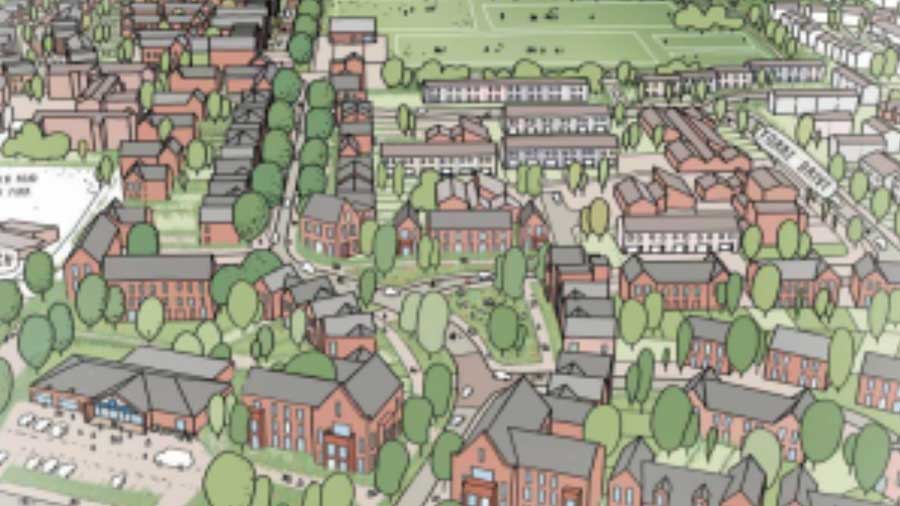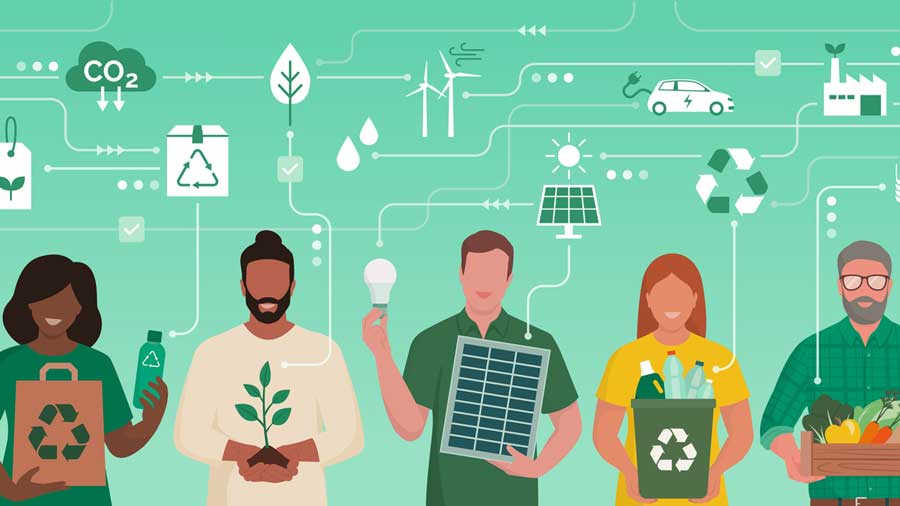Limerick’s green agenda
Limerick is part of an innovative European carbon reduction pilot programme, that has set it on a path to become Ireland’s first positive energy city

STRATEGY
Image: Istock

Rosie Webb
Senior Architect and Head of Urban Innovation, Limerick City and County Council
Limerick is one of two European ‘lighthouse’ cities working on a major climate-change pilot programme to dramatically reduce the carbon footprint of urban areas. In the EU +CityxChange Programme (Positive City Exchange), Limerick and Trondheim, in Norway, are carrying out demonstration projects which aim to create ‘positive energy’ balances in cities, transforming the way we produce and use energy.
Positive energy
The project is funded by EU Horizon 2020 ‘Smart Cities and Communities’ programme.
The +CityxChange project undertakes a number of activities in each of the two lighthouse cities to support the creation of positive energy blocks, which are clusters of three or more buildings that produce more energy than they use.
As more blocks are added, positive energy districts are created and ultimately, a positive energy city.
Co-creation
The vision is to foster the co-creation of the future we want to live in. This includes the development of a framework and supporting tools to enable a common energy supply market, supported by an active and connected community of energy users.
There are three strands to the co-creation approach:
- Prototyping the future through integrated planning and design
- Enabling the future common energy market
- Accelerating the future with a CommunityxChange platform
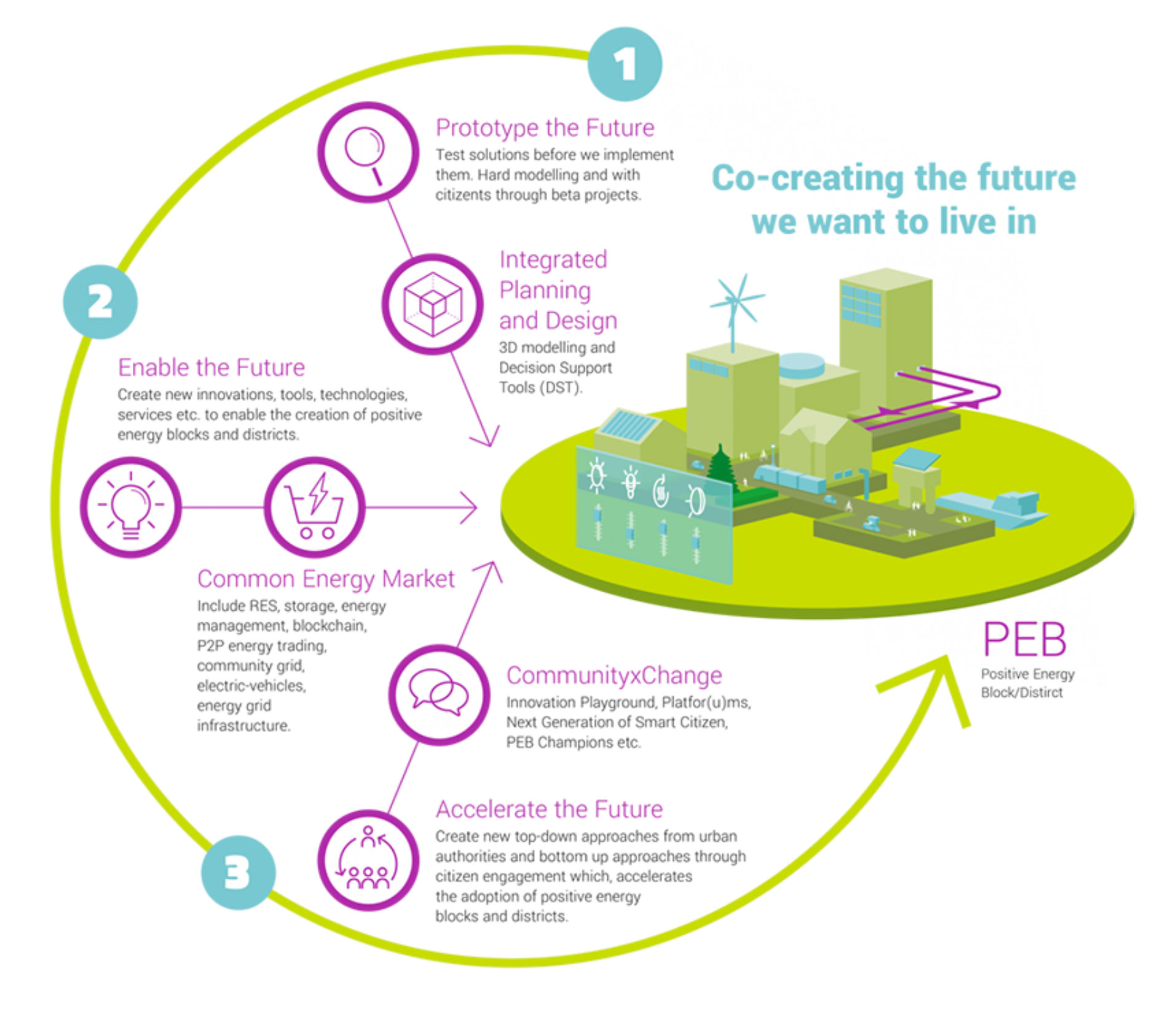
Limerick’s positive energy block
In Limerick, the demonstration area is the historic Georgian Neighbourhood in the heart of the city. The aim is for a group of buildings here to be a test bed for a range of new technologies and ultimately create more electricity than they use.
A key plank of the programme involves collecting energy usage/consumption data and analysing this over the period of the programme to track the buildings as they become a net energy producer.
There are significant issues for achieving energy efficiency in historic conservation areas in towns and cities. For instance, traditional construction methodologies require bespoke retrofitting measures for improving building fabric performance.
The introduction of technologies such as heat pumps, photovoltaic panels and energy storage solutions is more complex than with modern construction. As a result, the council is spearheading a learning curve and skills development plan.
Local and citizen innovation
+CityxChange will also adapt local innovations, most significantly the deployment of a revolutionary tidal turbine developed by a local company.
This will harness the power of the River Shannon and generate electricity for the positive energy zone. The turbine was designed through an intense engagement process with river users and local communities and will be manufactured, assembled and tested in Limerick.
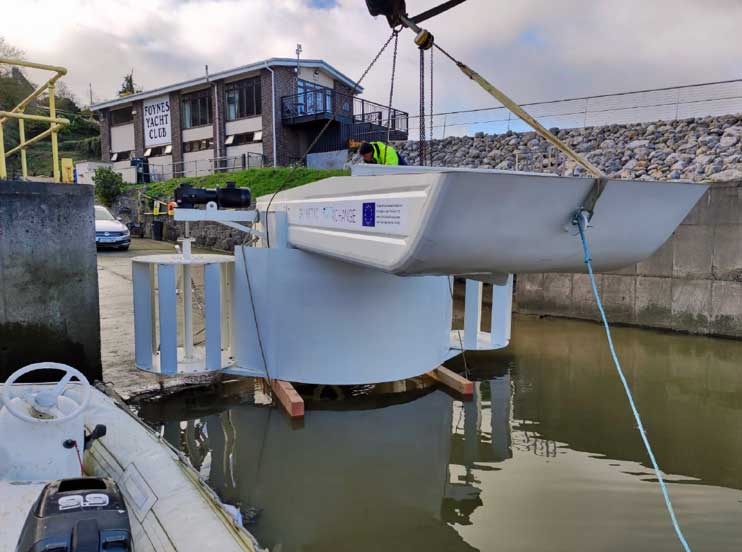
“To continue to support this rapid process of change, we have established an Ecosystem of Citizen Innovation in Limerick, which recognises that people will be the main drivers of this change.”
To continue to support this rapid process of change, we have established an Ecosystem of Citizen Innovation in Limerick, which recognises that people will be the main drivers of this change. This involves ‘active citizens’ in co-design processes with the government, academics and entrepreneurs, to devise and test new urban products and services.
We have developed several processes to enable top-down and bottom-up engagement and these are set out in a Citizen Participation Playbook. We are also supporting a Positive Energy Champions network and provide opportunities and grant funding for citizens to trial and test their own solutions. These include some diverse examples such as Do-it-Together air quality sensors, exploring launching a River Energy Community, and extending the growing season for allotments using renewable energy.
Increasing energy efficiency is the starting point of our goal to become a low-carbon city. There will be great challenges, and opportunities for citizens and businesses to benefit from the infrastructural changes in buildings, transport and energy services. As a result we hope to give a lead to the rest of Europe on how to dramatically reduce the carbon footprint of urban areas.
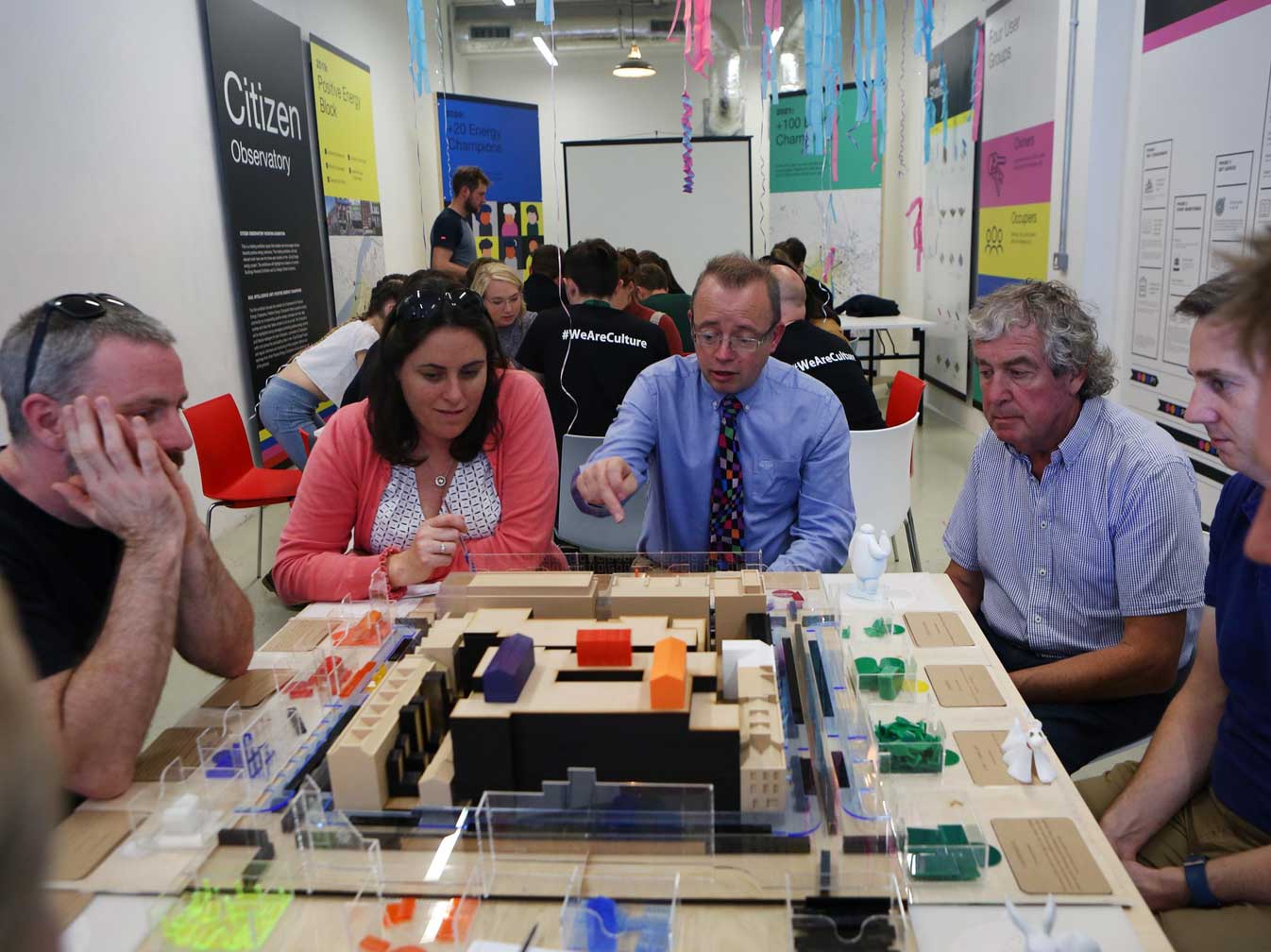
Our innovation ecosystem involves Limerick Council, academic and business partners and civil society. The Citizen Innovation Lab is both a physical place in our innovation playground, a citizen observatory for collecting crowd sourced data and an online interactive platform.

